TI's TPS92830-Q1 is a high-current linear LED controller designed for automotive applications, featuring two integrated charge pump stages to enable low dropout operation. This device meets AEC-Q100 standards, with an operating temperature range of –40°C to 125°C and an input voltage range from 4.5V to 40V. It supports 20:1 analog dimming and offers PWM dimming through both internal and external sources. The TPS92830-Q1 is widely used in front and rear automotive lighting systems, including position lights, daytime running lights, turn signals, low beam headlights, taillights, brake lights, fog lights, and reverse lights.
As the demand for better light uniformity increases, high-current LEDs are becoming more common in automotive lighting, especially when paired with light diffusers and guides. To meet strict electromagnetic compatibility (EMC) and reliability requirements, linear LED drivers are preferred in automotive designs. The TPS92830-Q1 is an advanced, automotive-grade high-side constant-current linear LED controller that uses external N-channel MOSFETs to deliver high current. It comes with a comprehensive set of features suitable for various automotive applications and is compatible with a wide range of N-channel MOSFETs.
Each channel of the TPS92830-Q1 allows independent current setting based on the value of the sense resistor. An internal precision current regulation loop senses the channel current by measuring the voltage across the sense resistor and adjusts the gate voltage of the N-channel MOSFET accordingly. Additionally, the device includes a two-stage charge pump to support a broad selection of N-channel MOSFETs and ensure stable performance under varying conditions.
The TPS92830-Q1 supports multiple dimming options, including an internal PWM generator, external PWM inputs, or power supply dimming. It also features advanced diagnostics and protection mechanisms tailored for automotive environments, enhancing system reliability and ease of use. A one-fails-all-fail fault bus allows the TPS92830-Q1 to work alongside other devices like the TPS92630-Q1, TPS92638-Q1, and TPS9261x-Q1 families, providing flexible fault handling solutions.
Key features of the TPS92830-Q1 include:
- AEC-Q100 qualified
- Operating temperature range: –40°C to 125°C
- Wide input voltage range: 4.5 V to 40 V
- Three-channel high-side current driving and sensing
- Channel-independent current setting and PWM inputs
- High-precision LED driving with external N-channel MOSFETs
- 20:1 analog dimming with off-board bin resistor support
- Integrated diagnostics and protection for LED strings
- One-fails-all-fail fault bus capability
- Low quiescent current in fault mode
- TSSOP 28 package (PW)
Applications of the TPS92830-Q1 include rear lights such as tail and stop lights, rear turn indicators, fog lights, and reverse lights, as well as front lights like position lights, daytime running lights, front turn indicators, and low beam headlights.

Figure 1. Functional block diagram of the TPS92830-Q1
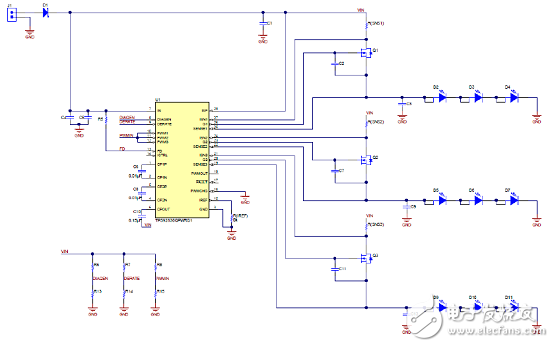
Figure 2. TPS92830-Q1 automotive exterior lighting application circuit diagram
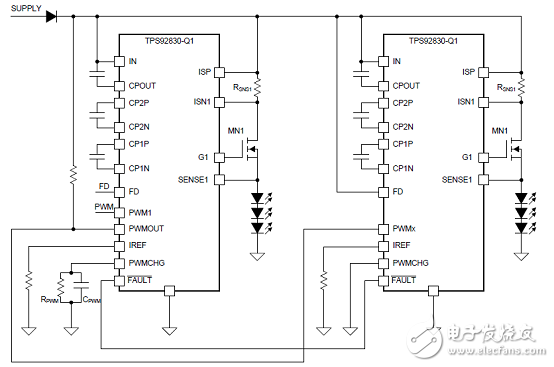
Figure 3. Master-slave configuration of the TPS92830-Q1 PWM generator
The TPS92830-Q1 Evaluation Module (EVM) is a powerful tool for designers to evaluate the performance and functionality of the TPS92830-Q1 in real-world automotive lighting scenarios. This evaluation board helps users test different configurations and understand the device’s capabilities before final implementation.
Main features of the TPS92830-Q1 EVM include:
- Channel current setting via separate high-side sensing resistors
- LED short and open protection with fault reporting
- Auto-recovery after fault clearance
- One-fails-all-fail or only-failed-channel-off fault modes
- Stand-alone operation with internal PWM or external dimming
- Configurable PWM duty cycle and frequency via jumper
- Optional PWM output for synchronization
- Analog dimming using a potentiometer on the LED board
- Thermal protection via ICTRL
- Current derating during overvoltage
- Compatibility with various N-channel MOSFETs
Applications of the TPS92830-Q1 EVM include automotive DRLs, position lights, stop or tail lights, turn indicators, reverse lights, and fog lights.
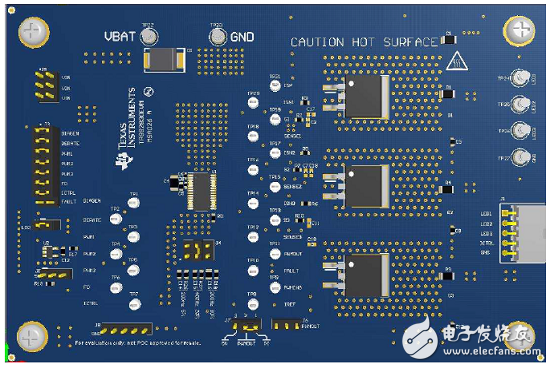
Figure 4. Evaluation board TPS92830-Q1 EVM outline drawing
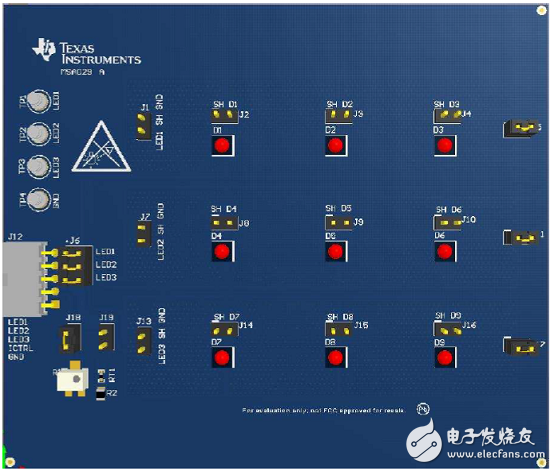
Figure 5. Outline of the LED board

Figure 6. Evaluation board TPS92830-Q1 EVM circuit diagram

Figure 7. LED board circuit diagram

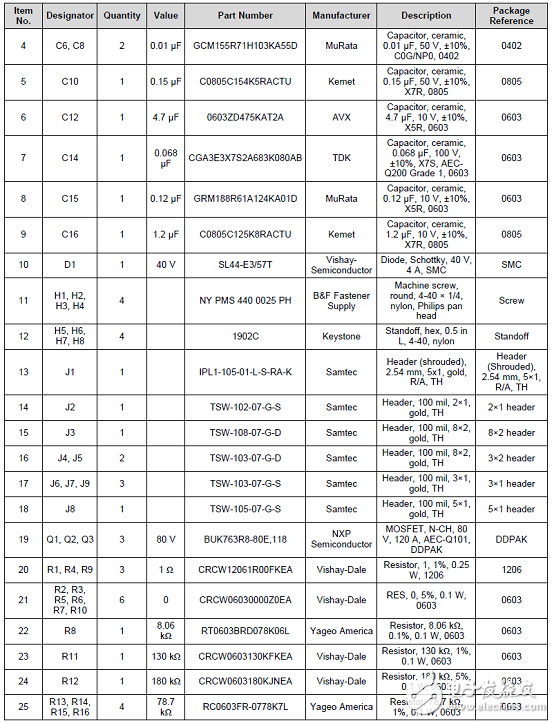
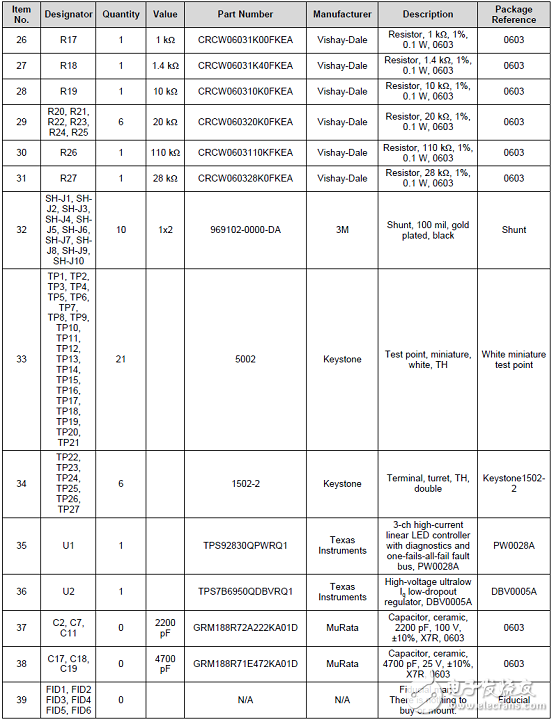
TPS92830-Q1 EVM Bill of Materials
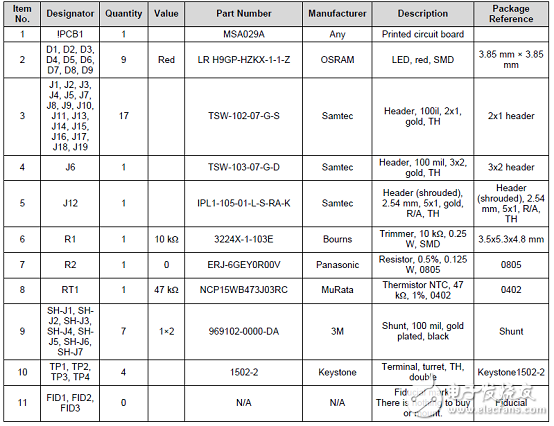
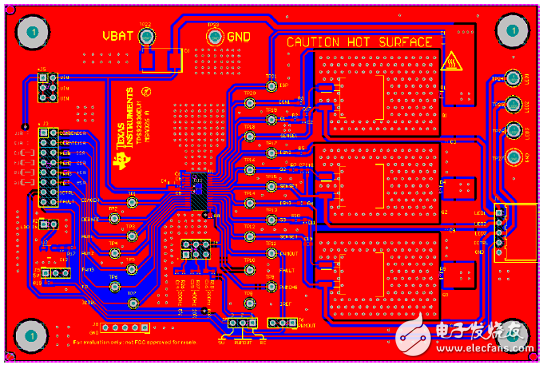
LED Board Material List

Figure 8. Evaluation Board TPS92830-Q1 EVM PCB Layout

Figure 9. LED board PCB layout
The Composite Insulator are made of glassfiber epoxy core rod, silicone rubber shed and metal fittings.
The silicon rubber shed adopt the whole packing pressure technique, can solve the key problem – interface electric spark puncture, which would affect the reliability of composite insulator.
Connection of the glassfiber rod and metal fittings adopts the pressure welding technique of the international advanced level, and have the full automatic sound wave detection of defects system, high intension, beautiful outline, small volume, light weight, and the metal fitting of galvanization can corrosion prevention and exchange used with porcelain insulator.
Composite Insulators,Insulation Resistance,Transmission Lines Insulator,Line Post Type Insulator
Jilin Nengxing Electrical Equipment Co. Ltd. , https://www.nengxingelectric.com